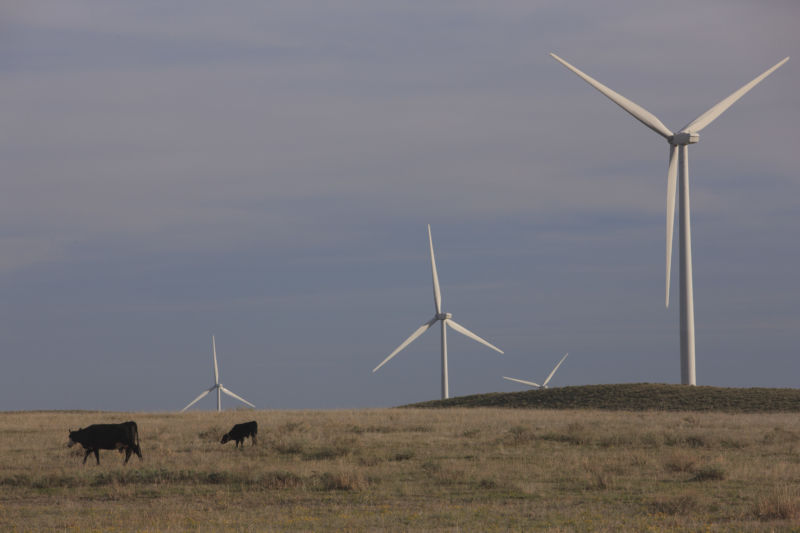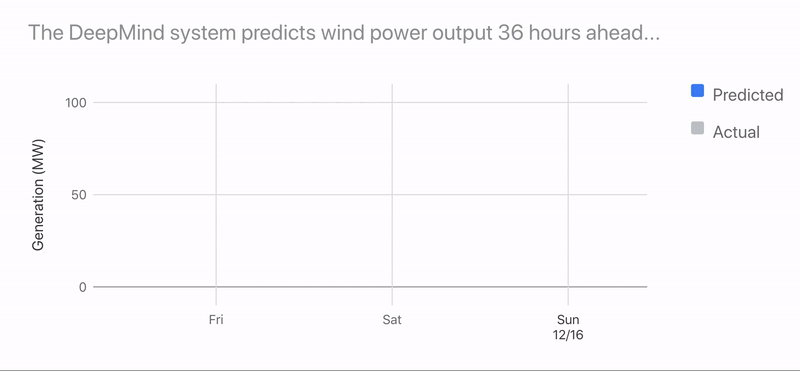Half-daily forecast of wind power will help optimize the output power of wind turbines

Alphabet DeepMind subsidiary was acquired by Alphabet in 2014. Since 2010, she has been developing artificial intelligence programs for solving complex problems. According to a recent Google post , one of the latest DeepMind projects has focused on the predictability of wind energy. Those huge wind turbines, which are located along the highway, generate energy only when there is wind. In the absence of expensive energy storage, it is difficult to plan how much energy their turbines can provide.
This does not mean that the owners of wind farms are not trying to predict the volume of electricity production. For years, the energy industry has been using artificial intelligence techniques to try and get closer to real wind predictions.
E & E News published an article yesterday showing how difficult it is to predict the power of a wind farm: during the recent polar vortex in the Midwestern United States, wind energy fell. But when the temperature continued to drop to -14 ° C (-22 ° F), some turbines automatically shut off to prevent mechanical parts from wind turbines from breaking. This led to an unpredictable power shortage for the system's energy operator.
')

When the temperature dropped to -14 ° C (-22 ° F), wind energy dropped faster than expected.
But DeepMind says that artificial intelligence programs that were developed over the last year can help bring the “wind power” line closer to the “expected wind power” line. The algorithms developed by DeepMind were trained on historical weather data and annual wind power recorded by 700-megawatt wind turbines owned by Google.
DeepMind and Google would like to be able to predict wind power in 36 hours. “This is important because energy sources that can be planned (that is, they can supply a certain amount of electricity at a set time) are often more valuable to the power grid,” Google writes today. The model, developed by DeepMind, helps wind farm owners, such as Google, to make hourly commitments to the regional grid manager “for the day ahead”.
Google reports that this opportunity will let the local power system manager know how much wind the farm will provide a day in advance, "will increase the cost of our wind energy by about 20 percent compared to the baseline scenario." How Google quantifies "value" is still unknown.
However, the company released this cute little .gif, showing how its forecasts track the actual wind power of a given day:

Wind Energy Forecast Chart
“We hope that such an approach to machine learning will help strengthen the economic rationale for the use of wind energy and contribute to the further introduction of carbon-free energy in electrical networks around the world,” writes Google.
Source: https://habr.com/ru/post/442136/
All Articles